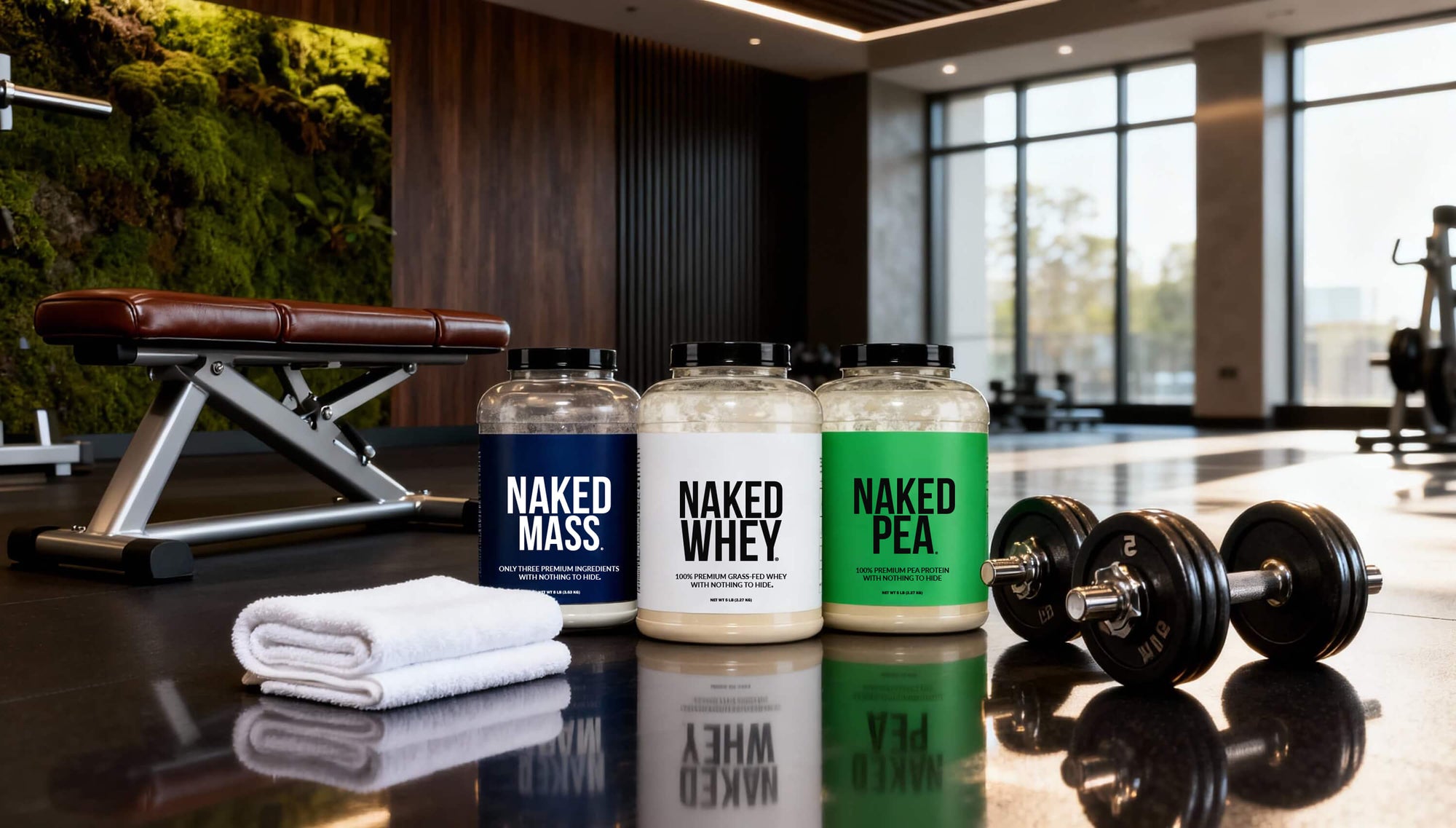There are many specialized exercise programs out there, which their supporters claim is the best way to build muscle, reduce fat, build abs, or achieve any other commonly sought-after goal.
German Volume Training is one of those programs. Some people swear by German Volume Training (aka GVT) as an amazing way to make big gains in a short period of time, and break through plateaus.
But how effective is it really? And how does it work? Keep reading and we’ll explain all you need to know.
What is German Volume Training?

German Volume Training, also known as the 10x10 or 10-sets method, is a high-volume training plan designed to put the muscles under intense stress, generating positive adaptations in terms of muscle size and strength.
The idea of German Volume Training is to perform 10 sets of 10 repetitions of each exercise you do.
You’ll train 3-5 times per week, targeting a different muscle group each day.
Some people say you should pick just one exercise each day to do for a 10x10 program. Others say you should do two for each muscle group.
But either way, you’re going to pick a small number of exercises, and aim for a significant amount of total volume, then give that muscle group a week to rest until you come back around and train it again.
Benefits
German Volume Training puts a lot of stress on your muscles, which is designed to stimulate hypertrophy (aka muscle growth).
It’s also claimed that the high volume output helps you build strength and get stronger.
Proponents of GVT say that it’s particularly good for breaking through plateaus. For example, when you find yourself stuck at a certain weight on your lifts, or struggling to put on any more muscle, a GVT cycle may help you break through and start making gains again.
You may also find that German Volume Training helps boost cardiovascular fitness, due to the higher output required, and may also help burn fat as a result of the calories and energy used to complete a full 10 sets of 10 reps.

Potential Downsides
It’s worth noting that there’s little research to support the benefits of German Volume Training. Some studies have tested training for 10 reps of 10 sets, versus a more traditional, lower-volume approach, and found little evidence to support 10x10 as a superior training method.
GVT is also very taxing, and may result in excessive fatigue and, in time, overtraining and physical burnout. This is why it’s generally done only for a short time, rather than as a long-term routine.
As there’s less variety in your exercise (you’re focusing on high volume for a select number of exercises), you might find that you don’t get as much definition from German Volume Training, compared to if you were doing more isolation exercises in a traditional routine.
How Heavy Should You Lift with German Volume Training?

You should aim to lift approximately 60% of your 1-rep max when doing GVT, or a weight that’s equal to your “20-rep max” (where lifting the same weight for 20 reps would take you more or less to failure).
The first set of 10 should be challenging, but manageable. If you’re able to easily complete 10 sets of 10 reps with your chosen weight, increase by 4-5% the next time you do it.
In between each set, rest for 60-90 seconds, and maintain a steady tempo for each repetition.
Is GVT Good for Fat Loss?
Though the main focus of GVT is to build muscle, rather than cut fat, it can certainly be a good way to reduce fat and get leaner.
10 sets of 10 reps takes a lot of energy, which means you’ll burn a lot of calories, thus theoretically reducing fat.
A high-volume workout will also boost your metabolism, which will also help you burn calories at a faster rate (even passively, after your workout is over).
A lot of this depends on your diet, however, as you won’t lose as much fat if you maintain a high caloric input (specifically carbs and fats).
Can You Do GVT Long-Term?
GVT is not designed as a long-term training program.
The idea is for it to be a short-term cycle, generally when you find yourself plateauing and struggling to make progress.
You’ll typically do it as a 4-6 week program, before moving on to a more traditional routine with lower volume and more variation in exercises.
German Volume Training vs 5x5

5x5 is another popular strength training program. So besides half the reps and half the sets, what’s the difference between 5x5 and German Volume Training?
5x5 involves lower total volume for each exercise, but at a higher weight - generally 85% of your 1-rep max.
Both training programs focus on a limited number of exercises (generally compound lifts). But with 5x5, you’ll train each exercise more frequently (generally 1-2 times per week, compared to once per week with GVT).
Both can result in gains in strength and muscle size, but GVT is targeted more towards building size (aka hypertrophy), while 5x5 is designed primarily for building strength.
Sample GVT Workout Plan
To build your own German Volume Training program, just define your splits and then choose 1-2 exercises for each split.
Since you have a limited number of exercises, you’ll want to pick compound lifts, which work multiple muscles in the same movement, rather than isolation exercises like tricep extensions or calf raises.
Your GVT program might look like this:
Day 1: Chest and Back
- Bench press: 10 reps x 10 sets
- Standing barbell row: 10 reps x 10 sets
Day 2: Arms and Shoulders
- Overhead press: 10 reps x 10 sets
- Hammer curls: 10 reps x 10 sets
Day 3: Legs and Abs
- Barbell squat: 10 reps x 10 sets
- Hanging leg raises: 10 reps x 10 sets
Take a rest day in between each workout, so you end up working each muscle group once per week.
How to Get the Most Out Of Your GVT Program

Bear in mind that programs like German Volume Training are just a guideline, and don’t need to be done strictly as we showed above.
You can switch up the exercises, or alter the sets and reps slightly, if you find a different approach works for you (the core principle is a high-volume approach to a small number of exercises, rather than doing exactly 10 sets of 10 reps).
Additionally, it’s extremely important with a high-intensity training program to focus on good nutrition, rest and recovery.
- Don’t lift every day of the week. Give you muscles, and your nervous system, time to rest.
- Consider active recovery methods in between workouts, such as massage, sauna or cold exposure.
- Make sure you eat enough protein to support muscle growth and muscle repair, and eat enough carbohydrates and overall calories to give you the energy you need to get through your workouts.
Is German Volume Training a Good Fit For You?
Though there’s no hard evidence that German Volume Training works, there’s a lot of anecdotal reports that it is a great way to break through plateaus and make positive short-term gains in size and strength.
The best way to know if it works for you is to try it out. If you’re feeling like your progress has stopped, or you want to change up your training regimen, give GVT a try for a few weeks and see what kind of benefits you get from it.
German Volume Training is not a long-term approach to training. But short, focused, high-volume programs like GVT are a great way to stimulate muscle growth, as well as keeping things interesting, to ultimately help you make more progress towards your dream physique.













